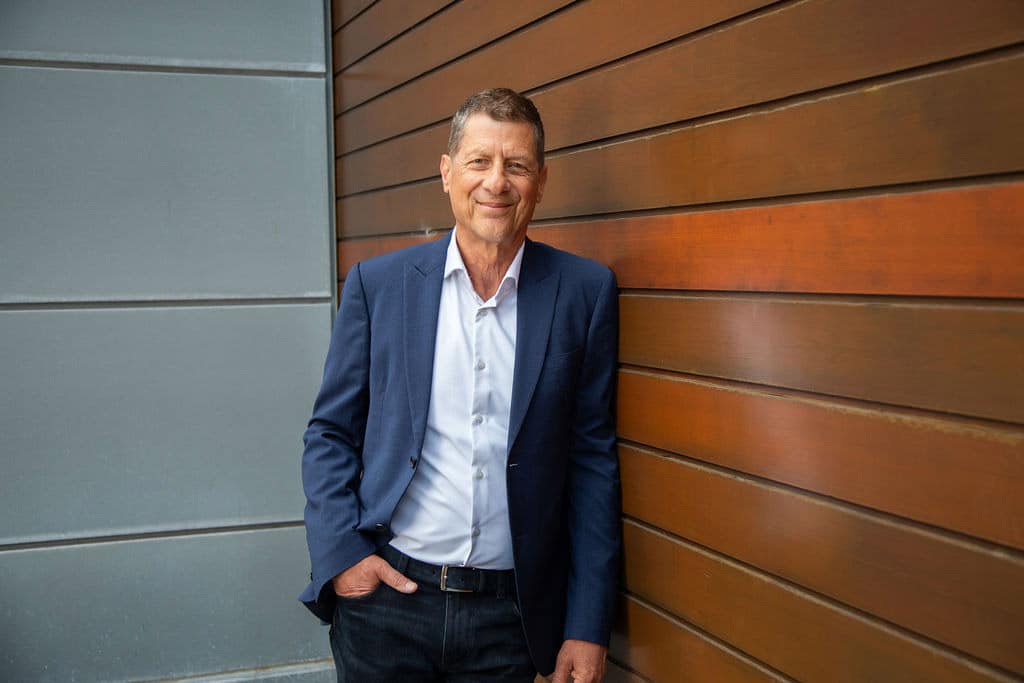How to move from fearing mistakes to embracing the learning

A day in the life of a young child is one of experiencing failure after failure or mistake after mistake. Learning to sit, crawl, walk and talk is all about trial and error, mistakes leading to progress and doing new things, with constant encouragement and coaching from parents.
Think about it. When leaders ask people around them to change things for the better or to be more creative, innovative and collaborative, they might as well say, ‘Hey! Start making more mistakes!’ How leaders react to mistakes and failure is core to their character as leaders. Their reaction will directly affect the willingness of people to overcome their fear of making mistakes and to lead and embrace change. ‘Fail fast, fail often’ is business advice we hear a lot these days, but it takes more than simple one-liners to overcome the conditioning and hierarchy that breed fear of failure and making mistakes. There are three things leaders need to do to enable their people and organisations to embrace mistakes and failure as learning.
- Provide a clear context for mistake making and failure
This means going out of your way to explain:
– why change needs to happen
– what needs to change
– what success or a better outcome might look like
Being clear provides a safe space and context for people to do things in new and different ways rather than conforming to existing norms. This context is important to ensure mistake making is not invited where change to the current approach or process is unwanted. - Encourage people to consider the worst thing that could happen and how that risk can be mitigated
When taking the risks associated with doing new things, consider the downside risk of what is being attempted and how the impact can be minimised or managed. While mistakes provide beneficial learning, this doesn’t preclude the need to take care in areas that could have significant customer or stakeholder impact. - When mistakes happen, react supportively
I was an IBM Australia sales manager in our Canberra office, hoping to close a big deal with a university. I was fortunate to have then CEO of IBM Australia, Brian Finn, helping me and a senior account manager leading the sales process. Brian repeatedly warned me that he thought we were going to lose the business, but rather than really listen and be concerned, I was confident, given the relationship my account manager had with the Vice Chancellor — they regularly drank sherry together.
As decision time approached, and following a further warning from Brian, I asked my account manager if there was any way the deal might fall through. He assured me that couldn’t happen given his close relationship with the customer. A few days later I noticed my account manager hadn’t come into work at his usual time and wondered if he was okay. Later that morning he
called me to let me know that the customer had decided to buy from another vendor. Our assumption that the customer would recognise value in the higher price of our offering was wrong. They chose the cheapest solution. That news was bad enough, but even worse, I had to telephone Brian to let him know. I’ll never forget how he responded when I told him we had
lost the business. Rather than being angry with me and saying, ‘I told you so’ (which would have been fair), he simply said, ‘Steve, I’m really sorry to hear the news, but I hope this offers some clear learning for you for the future.’
I learned a lot from that experience (and lost a lot of sleep). Thereafter I rarely misread my chances of winning or losing a deal. I became a much tougher and more detailed qualifier of our chances. I learned and got better from making this mistake. The bigger lesson from Brian was the power of being calm and respectful towards those who try and fail.
Written by Steve Vamos. Edited extract from Through Shifts and Shocks: Lessons from the Front Line of Technology and Change (Wiley, $34.99) by Steve Vamos.
Have you read?
World’s Most Fashionable Countries.
Best Non-Native English Speaking Countries In The World.
Countries With The Largest Household Size.
World’s Best (And Worst) Countries For Older People To Live In.
Bring the best of the CEOWORLD magazine's global journalism to audiences in the United States and around the world. - Add CEOWORLD magazine to your Google News feed.
Follow CEOWORLD magazine headlines on: Google News, LinkedIn, Twitter, and Facebook.
Copyright 2025 The CEOWORLD magazine. All rights reserved. This material (and any extract from it) must not be copied, redistributed or placed on any website, without CEOWORLD magazine' prior written consent. For media queries, please contact: info@ceoworld.biz








